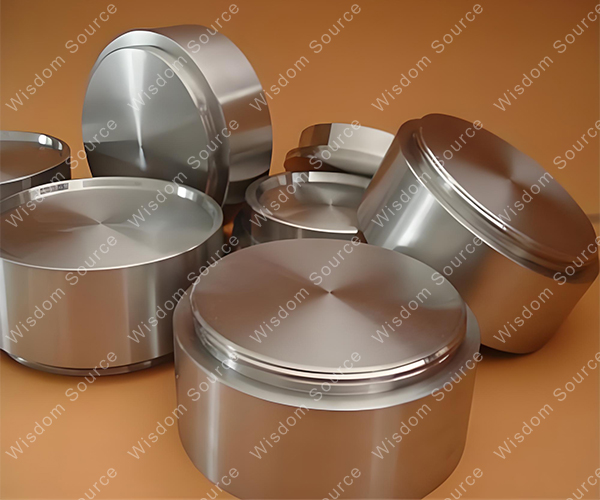Analysis Of The Performance Requirements Of Titanium Targets In Different Industries
Analysis Of The Performance Requirements Of Titanium Targets In Different Industries
1. Basic Performance Requirements Of Titanium Targets
① Purity: As one of the main performance indicators of the target material, purity has a vital influence on the performance of the film. In practical applications, the requirements for the purity of the target material vary from industry to industry. For example, in the microelectronics industry, as the size of silicon wafers continues to increase and the wiring width continues to decrease, the requirements for the purity of the target material are also constantly increasing. In the past, 99.995% of the purity of the target material could meet the process requirements of 0.35umic, but now the preparation of 0.18umic requires the purity of the target material to reach 99.999% or even 99.9999%.
② Impurity content: Impurities in the solid of the target material and oxygen and water vapor in the pores are the main sources of pollution for depositing the film. Therefore, the impurity content requirements of different target materials for different purposes are also different. For example, pure aluminum and aluminum alloy targets used in the semiconductor industry have special requirements for alkali metal content and radioactive element content.

③ Density: In order to reduce the pores in the solid of the target material and improve the performance of the sputtering film, the target material is usually required to have a higher density. The density of the target material not only affects the sputtering rate, but also the electrical and optical properties of the film. In addition, increasing the density and strength of the target material can also make it better withstand the thermal stress during sputtering.Therefore, density is also one of the key performance indicators of the target material.
④ Grain size and grain size distribution: The target material is usually a polycrystalline structure, and the grain size can range from microns to millimeters. For the same target material, the sputtering rate of targets with small grains is usually faster than that of targets with thick grains; while targets with small grain size differences (uniform distribution) sputtering deposited films have a more uniform thickness distribution.

2. Purity Requirements Of Titanium Targets In Different Industries
① The titanium target material used in integrated circuits: Integrated circuits have extremely high purity requirements for titanium targets, which usually need to be greater than 99.995% to ensure the performance and stability of the film.

② The titanium target material used in flat panel displays: Flat panel displays include liquid crystal displays, plasma displays, electroluminescent displays, and field emission displays.Sputtering coating technology is often used in the manufacturing process of these displays to deposit thin films. Among them, titanium targets are one of the important sputtering targets, and their purity usually needs to be greater than 99.9%.
In addition, titanium targets can also be widely used in high-tech fields such as electronics, information industry, home decoration, and automotive glass manufacturing.In these industries, titanium targets are mainly used for coating the surface panel displays of integrated circuits, flat panels and other components, or as decoration and glass coating. By optimizing the performance and purity of titanium targets, the needs of different industries for film performance and stability can be met.
